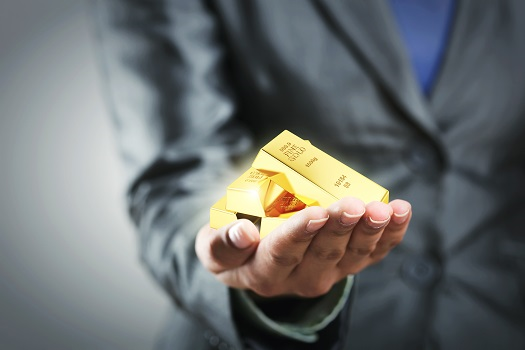Follow These Tips to Avoid Buying Counterfeit Gold
Nobody wants to be fooled by fake gold, which is why it’s often called fool’s gold. Counterfeit metals are common in the market today, and it can be difficult to know which ones are authentic. However, there are a few easy ways to tell the difference. The precious metals experts from First National Bullion and Coin, the best place to buy gold in Scottsdale, offer the following ways to avoid buying fake gold.
Do Your Research
First and foremost, it’s important to check the reputation of the dealer you decide to buy your gold from. Research local vendors and check their reviews, and look at lists of reputable sellers online. Stay away from those who offer “free storage” for you or delay your delivery. It’s also wise to steer clear of those with flashy discounts and unrealistic sales prices.
Check Prices
Pay attention to the price of the gold you’re looking at, too. In March 2020, the average price of a gold troy ounce is about $1,600, so any offer of a full ounce for a hundred bucks is guaranteed to be fake. Dealers are more likely to sell you gold for prices above the current market value rather than below it.
Feel the Weight
Gold is dense and heavy, so you should be able to feel the weight in the gold you buy. Take your own digital scale to the shop you’re buying from and weigh the amount of gold you want. If you buy coins, the most popular is a 24-karat piece that weighs exactly one troy ounce, which is 31.1 grams.
Look for a Hallmark
Nearly every gold piece, especially older jewelry, should be stamped with a mark that tells its karat weight or how much of its composition is real gold (24 karat is 100 percent gold, while 14k has a little more than 50 percent gold content). Of course, frauds could fake this mark, but it’s still a useful method for determining if gold might be fake.
Try a Test
One of the easiest ways to certify the authenticity of a gold piece is with a magnet test. Since real gold isn’t magnetic, any magnet you hold to it won’t stick. Additionally, you can drop gold into any container of water, and it should sink because of its density. Another test you can try is with liquid foundation makeup. Apply some to your skin and rub the gold against it. If it leaves a black streak behind, it is most likely real gold. This test also works on people with low iron levels in their blood, such as those with anemia. In this instance, you can rub the piece directly on the person’s skin, and a black streak will appear if the gold is real because it’s reacting with the hemoglobin in the blood.
Whether they’re looking to buy or sell palladium bars, silver bullion, or gold coins, Scottsdale residents trust the reputable dealers at First National Bullion and Coin. You can rely on our experienced professionals when you’re looking to add precious metals to your investment portfolio. Call one of our precious metals experts today at 480-546-8928.
The statements made in this blog are opinions, and past performance is not indicative of future returns. Precious metals, like all investments, carry risk. Precious metals and coins may appreciate, depreciate, or stay the same in cash value depending on a variety of factors. First National Bullion does not guarantee, and its website and employees make no representation, that any metals for sale will appreciate sufficiently to earn the customers a profit. The decision to buy, sell, or borrow precious metals and which precious metals to purchase, borrow, or sell are made at the customer’s sole discretion.


